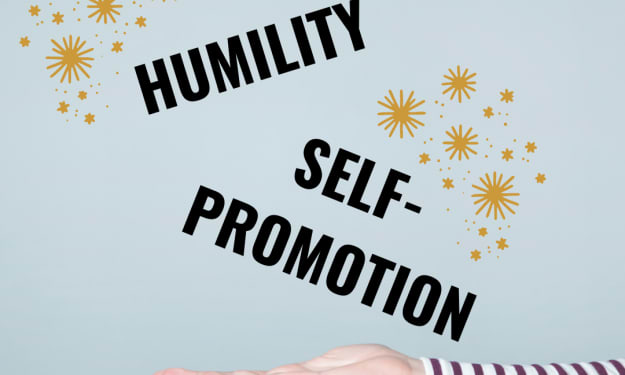What do you want them to remember about you?
Teaching others about the Future You – Finding the balance between recognizable and original.

Somewhere along the way, I’m guessing you’ve seen one of my famous live transformations. I’m known for taking how someone talks about themself from boring to brilliant in a matter of moments. It’s fun for the person because they get to hear how great they are from someone else’s perspective, and it’s fun for me because I get to tell someone how awesome they are.
The lesson in this exercise is simple. When you engage with someone, you’re teaching the other person who you are. And if you’re engaging with someone, I’m guessing you’re hoping to do something with them in the future – share ideas, work on a project, solve a problem. By teaching them who you are, you’re indicating who you’re going to be in the future when you collaborate on the idea, the project, and the problem.
Don’t you want to make it easy for that person to say “Yes!” to the Future You?
Don’t see it? Take a moment to imagine someone you admire. Think for a moment about how they engage with you and with other people. Don’t they, in an almost effortless way, teach the people around them who they are? In doing so, they’re making it easy for you to say yes (or no in some cases) to future shenanigans,
What you teach people is your personal brand. Yes, you already have one. The question is, is it working for you?
Here’s where most people, I find, run into trouble. And I’m going to be upfront here; I’ve made every single one of these mistakes.
1. They don’t know what their personal brand is today. Or worse, they think their personal brand is one thing when it’s something different for some people. For example, I used to be known for saying, “Inefficiency makes my bones hurt.” While I thought I was messaging – I think about scale, I think about profit margins, I think about future success – what many heard was a version of “No.” It didn’t matter that I thought my brand was the “Creator of future scalability,” because my brand wasn’t about what I intended people to learn about me; it’s what they believed about me.
I’m working with a brilliant executive right now. He came to me because a promotion he thought was due didn’t happen. We’ve been going through a “market research” exercise to identify his “product value.” He thought he was messaging innovative and strategic; the “brand” memory was more intimidating and confusing. Yes, he was shocked. But now he knows one of the main reasons he didn’t get the promotion.
2. They think that it’s about the jazzy language and a fun label. I just finished reading Shoe Dog by Phil Knight of Nike. There’s a moment when you learn the story behind Nike’s name and the now infamous Nike Swoosh. When it comes to tangible products, an image (McDonald’s golden arches), color (Tiffany blue), sound (the Intel bing bong), and phrase (Nike’s “Just Do It”) are all critical tools to tell your story.
What’s unique about people is the “product of you”; the time you’re hoping someone wants to engage with in the future is a collaboration, not just a feature. This product is also always evolving. Case in point, I’ve popped a photo of Sheryl Sandberg up in many presentations. When I ask the audience what she’s known for, the #1 answer is “Lean In.” Facebook doesn’t usually get on the list until #3 or #4. I think that was fine for Sheryl when she wanted to be known for Leaning In. But wasn’t her second book about how she has evolved her thinking?
We all evolve our thinking. The “product of you” always iterates, which means you need to balance your approach to teaching people who you are and why they should care.
Here are some questions I ask…
- Is your language recognizable enough for people to see it’s potential, yet original enough to set you apart from everyone else?
- Are you sharing your language enough for people to remember it, but not so much that you are only known for one thing?
- Are you considering your audience and how you appear while also anchoring in truth?
Another real-world conversation recently had a client describing herself as an “intercultural connector.” What worked about the description was it motivated the response, “what is that?” What didn’t was the audience this individual was speaking to needed familiarity first; in her particular job search, she needed to be more recognizable. Her balance of understandability and marketability was off. No one could initially see the potential resulting in closed doors.
I reminded her that the goal was to get in the room and teach the audience about her potential. Once they validated that she was what they needed, she should set herself apart by sharing her thoughts on intercultural connections and why they’re essential.
You’re a brilliant, complex, evolving product. It’s why I LOVE the work I get to do with people. Finding the right balance of elements to create a narrative that works for you, in your situation, for this moment, is hard. Then, I need you to have the courage to say it. Because if you’re not intentionally teaching people about the Future You, then you’re asking people to guess who you are.
So what, my friend, do you need to teach people?

About the Creator
Joanna Bloor
Joanna Bloor believes that it’s time for us humans to rethink how we take on the modern working world. The what, where, when, and how of work is changing, a shift that technology and business have embraced yet people haven’t.






Comments
There are no comments for this story
Be the first to respond and start the conversation.